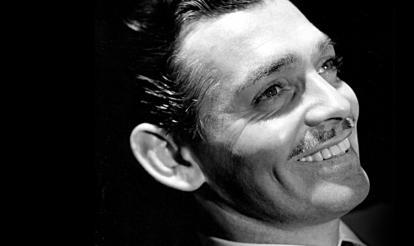Albert Einstein along with other luminaries including Freud, Buber and Weizmann were founders of the Hebrew University of Jerusalem, now Israel’s foremost centre of advanced learning and research, ranked in the top ½% of universities worldwide.
Einstein remained a committed supporter; when he died in 1955, a professor at Princeton, he bequeathed his entire collection of personal and academic papers to the Hebrew University. That archive is located on campus. The University is the guardian of this treasure and includes among many other unique documents, the original theory of relativity. It also owns the IP relating to Einstein, e.g. commercial use of his image etc.
Last year marked the 100th anniversary of Einstein’s sole visit to Jerusalem when he lectured on the Theory of Relativity.
In partnership with the British Friends of Hebrew University (BFHU).
Prof Hanoch Gutfreund
Prof Hanoch Gutfreund is a theoretical physicist, former President and Rector of the Hebrew University and custodian of the archive, He is regarded as a leading expert on the life and work of Einstein and has written and published widely. He travels extensively lecturing about Einstein to both lay and academic audiences, while searching for new material to add to the archive, currently 82,000 items
He is currently overseeing a landmark construction project – a new home for Einstein’s archive.
Daniel Libeskind
Daniel Libeskind is an internationally prominent Polish-American architect who designed the new Einstein building at the Hebrew University. A major figure in architecture and urban design, Daniel is informed by a deep commitment to music, philosophy, and literature. He aims to create architecture that is resonant, original, and sustainable.
Libeskind established his architectural studio in Berlin, Germany, in 1989 after winning the competition to build the Jewish Museum in Berlin. In 2003, Studio Libeskind moved its headquarters from Berlin to New York City to oversee the master plan for the World Trade Centre redevelopment, which is being realised in Lower Manhattan today.
Daniel’s practice is involved in designing and realising a diverse array of urban, cultural and commercial projects around the globe. The Studio has completed buildings ranging from museums and concert halls to convention centres, university buildings, hotels, shopping centres and residential towers.
Daniel speaks widely on the art of architecture in universities and professional summits. His architecture and ideas have been the subject of many articles and exhibitions.



